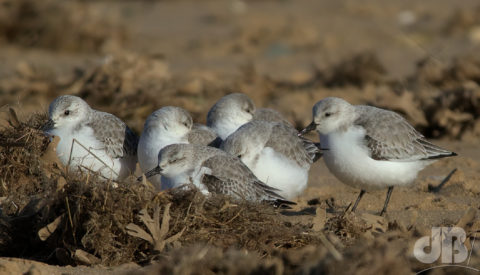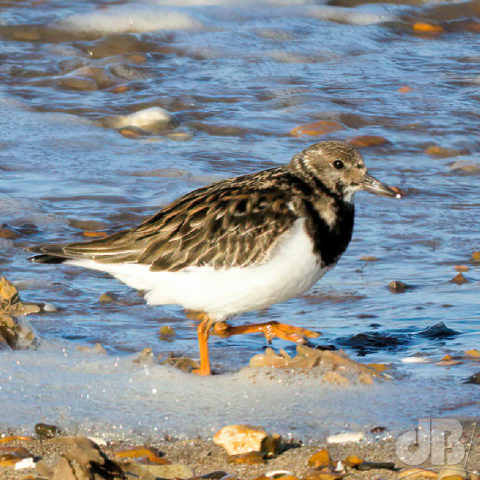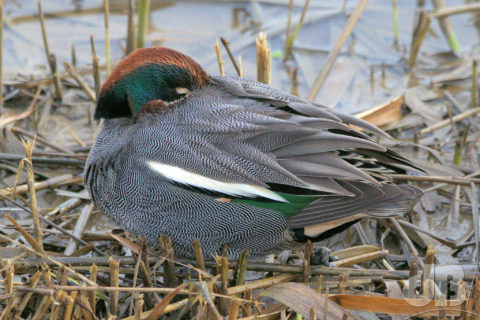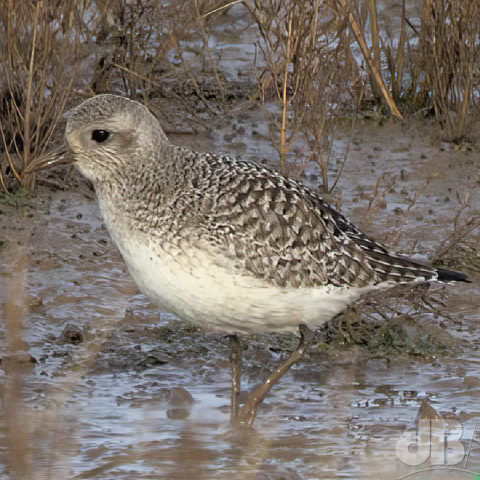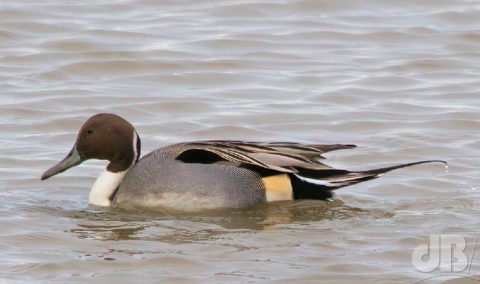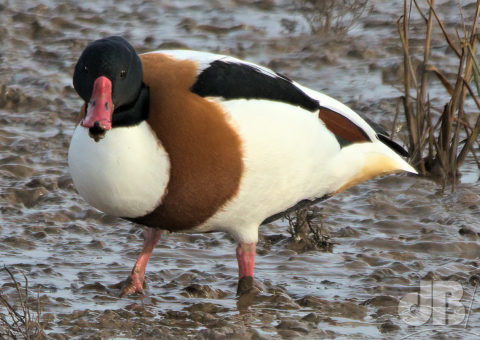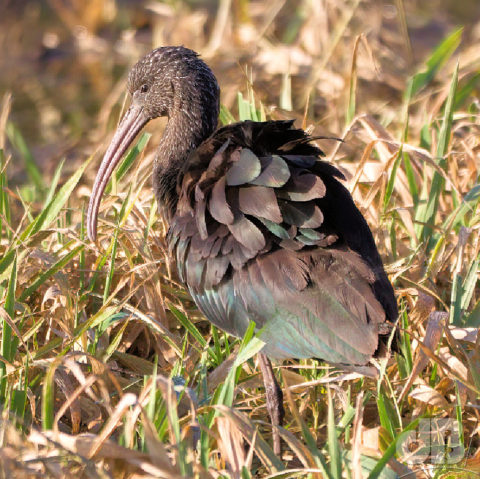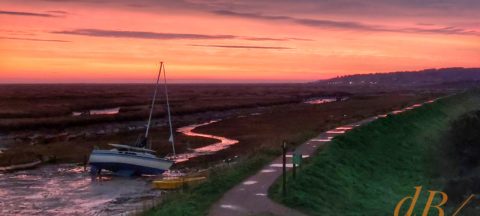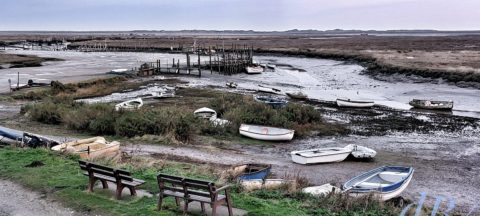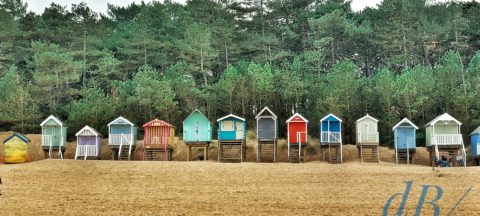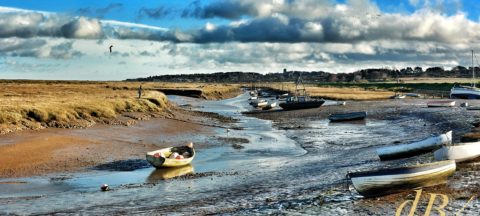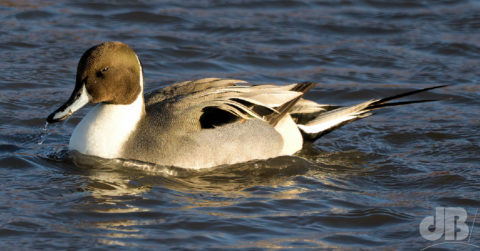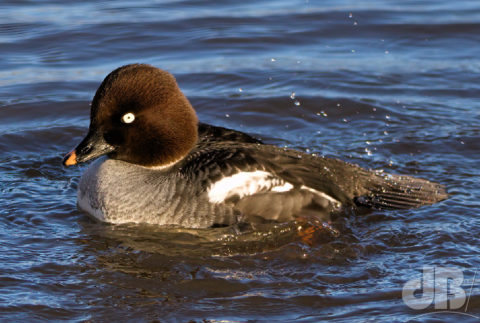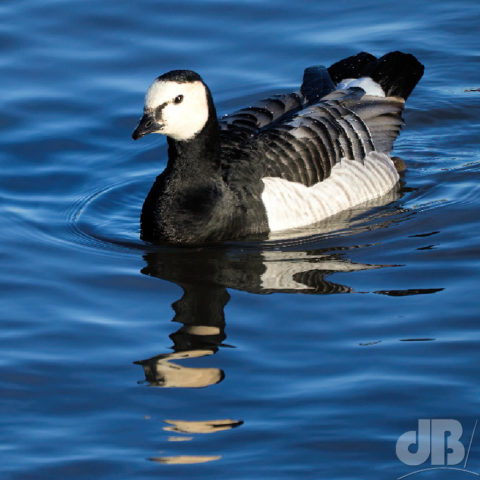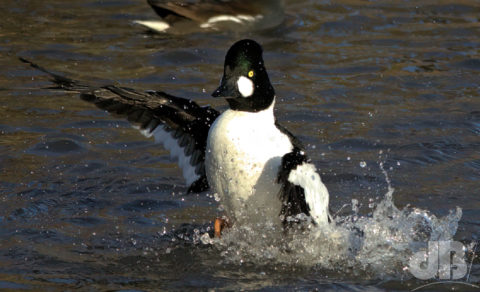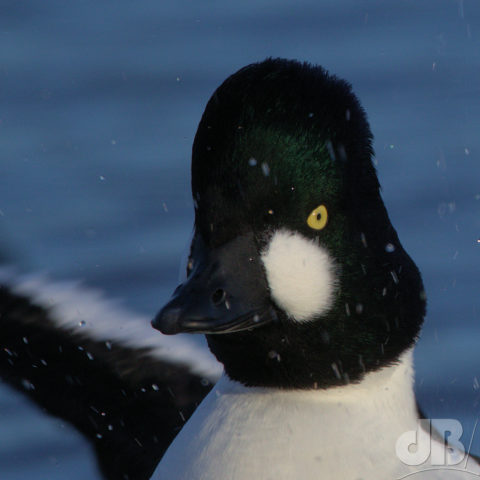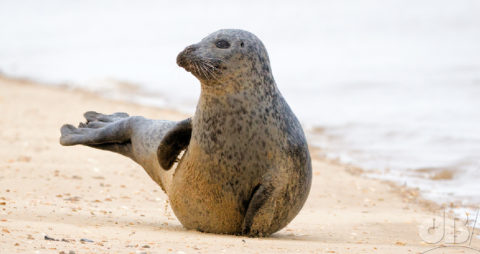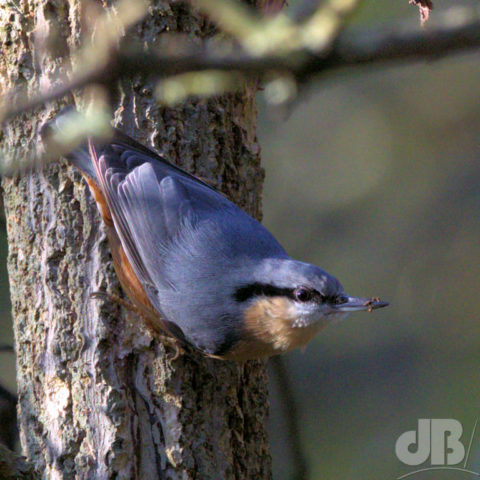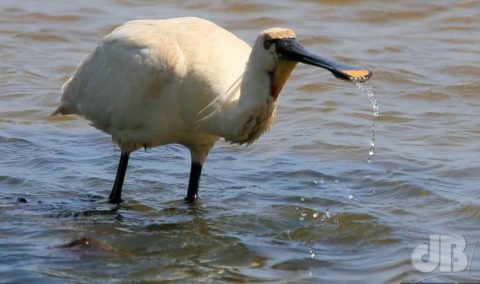UPDATE: October 2023. Despite recent heavy rains the patch of farmland, on which birders (Ian and Brendan) had ticked 160+ species, has remained unflooded so far this season. I suspect the drainage along the fields and/or the adjacent travellers’ site have been fixed. So, it was fun while it lasted and maybe it will happen again, but it seems that for the timebeing we are not going to have quite the birding on that patch as we did last winter and the previous couple of seasons, unfortunately. So much for creating a protected birdlife area.
Over the last year or more (2020-2022), a patch of farmland known, as Bullock’s Haste, which lies on the outskirts of our village has been perpetually flooded. Incredibly, over two winters it has attracted a greater and greater diversity of bird species who have spent time there feeding, preening, and roosting.

Two friends dedicated to the citizen science cause of birding (Brendan Doe and Ian Ellis) have observed and catalogued (on eBird) more than 150 species there in that time. I cannot claim to have seen even a fraction of that number there, although I have seen a good many of the “ticked” species in various other places and several of them at this site. There are a few other named spotters on the list who have ticked several species, but Doe and Ellis have done the bulk of this excellent work.
Here’s the list as it stands, in alphabetical order. I have removed terms such as Eurasian, European, Northern, and Western from these vernacular names to simplify things. You can visit the eBird list to get alternative formats. As you will see, there are a few fairly rare and unusual visitors on the list:
Arctic Tern
Barn Owl*
Barn Swallow*
Bewick’s Swan*
Blackbird*
Blackcap*
Black-headed Gull*
Black-tailed Godwit*
Blue Tit*
Brambling
Bullfinch*
Buzzard*
Canada Goose*
Carrion Crow*
Caspian Gull
Cetti’s Warbler*
Chaffinch*
Chiffchaff*
Coal Tit*
Collared Dove*
Coot*
Corn Bunting*
Cuckoo*
Curlew*
Curlew Sandpiper
Dunlin*
Dunnock*
Egyptian Goose*
Fieldfare*
Gadwall*
Garden Warbler
Garganey
Glossy Ibis
Goldcrest*
Golden Plover*
Goldfinch*
Goosander
Great Black-backed Gull*
Great Cormorant*
Great Crested Grebe
Great Spotted Woodpecker*
Great Tit*
Great White Egret*
Green Sandpiper*
Green Woodpecker*
Greenfinch*
Greenshank*
Green-winged Teal
Grey Heron*
Grey Partridge
Grey Plover
Grey Wagtail*
Greylag Goose*
Greylag Goose (Domestic type) x Canada Goose (hybrid)
Greylag x Canada Goose (hybrid)
Hawfinch
Hen Harrier
Herring Gull*
Hobby*
House Martin*
House Sparrow*
Iceland Gull
Jack Snipe
Jackdaw*
Jay*
Kestrel*
Kingfisher*
Lapwing*
Lesser Black-backed Gull*
Lesser Redpoll*
Lesser Whitethroat*
Linnet*
Little Egret*
Little Grebe*
Little Owl*
Little Ringed Plover*
Little Stint*
Long-tailed Tit*
Magpie*
Mallard*
Marsh Harrier*
Meadow Pipit*
Mediterranean Gull
Merlin
Mistle Thrush*
Moorhen*
Mute Swan*
Nuthatch*
Oystercatcher*
Pectoral Sandpiper
Peregrine Falcon*
Pheasant*
Pied Avocet
Pied Flycatcher*
Pied Wagtail/White Wagtail*
Pink-footed Goose
Pintail
Pochard*
Raven
Red Kite*
Red-crested Pochard
Red-legged Partridge*
Redshank*
Redwing*
Reed Bunting*
Reed Warbler*
Ringed Plover*
Robin*
Rock Dove*
Rock Pipit
Rook*
Ruff
Sand Martin
Sanderling
Sandpiper
Sedge Warbler*
Shelduck*
Shoveler*
Siskin
Skylark*
Snipe*
Song Thrush*
Sparrowhawk*
Spoonbill*
Spotted Flycatcher*
Spotted Redshank
Starling*
Stock Dove*
Stonechat*
Swift*
Tawny Owl*
Temminck’s Stint*
Tern*
Tree Pipit
Tufted Duck*
Turtle Dove*
Water Rail*
Wheatear*
Whimbrel
Whinchat
Whitethroat*
Whooper Swan*
Wigeon
Willow Warbler*
Wood Sandpiper*
Woodcock
Woodpigeon*
Wren*
Yellow Wagtail
Yellowhammer*
Yellow-legged Gull
*Species I’ve recorded in Cottenham


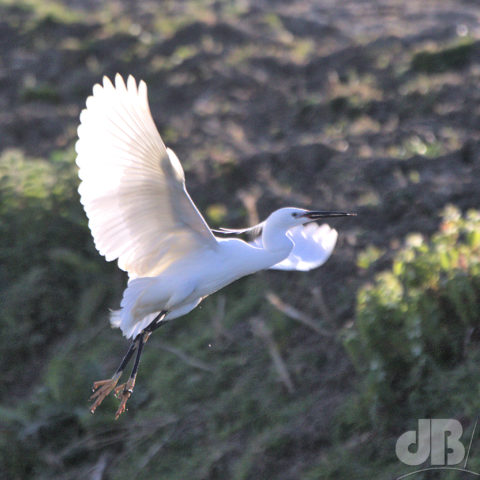

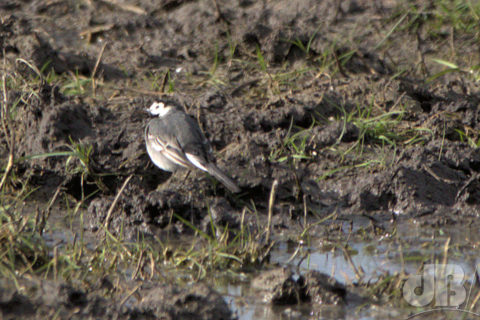
UPDATE: 11 April 2022 – Little Gull has turned up













